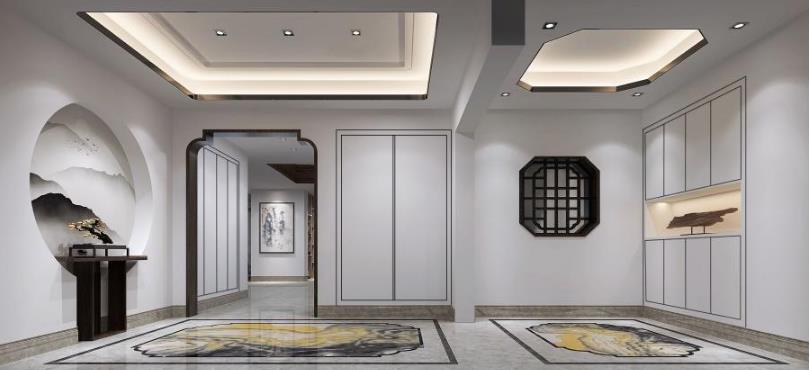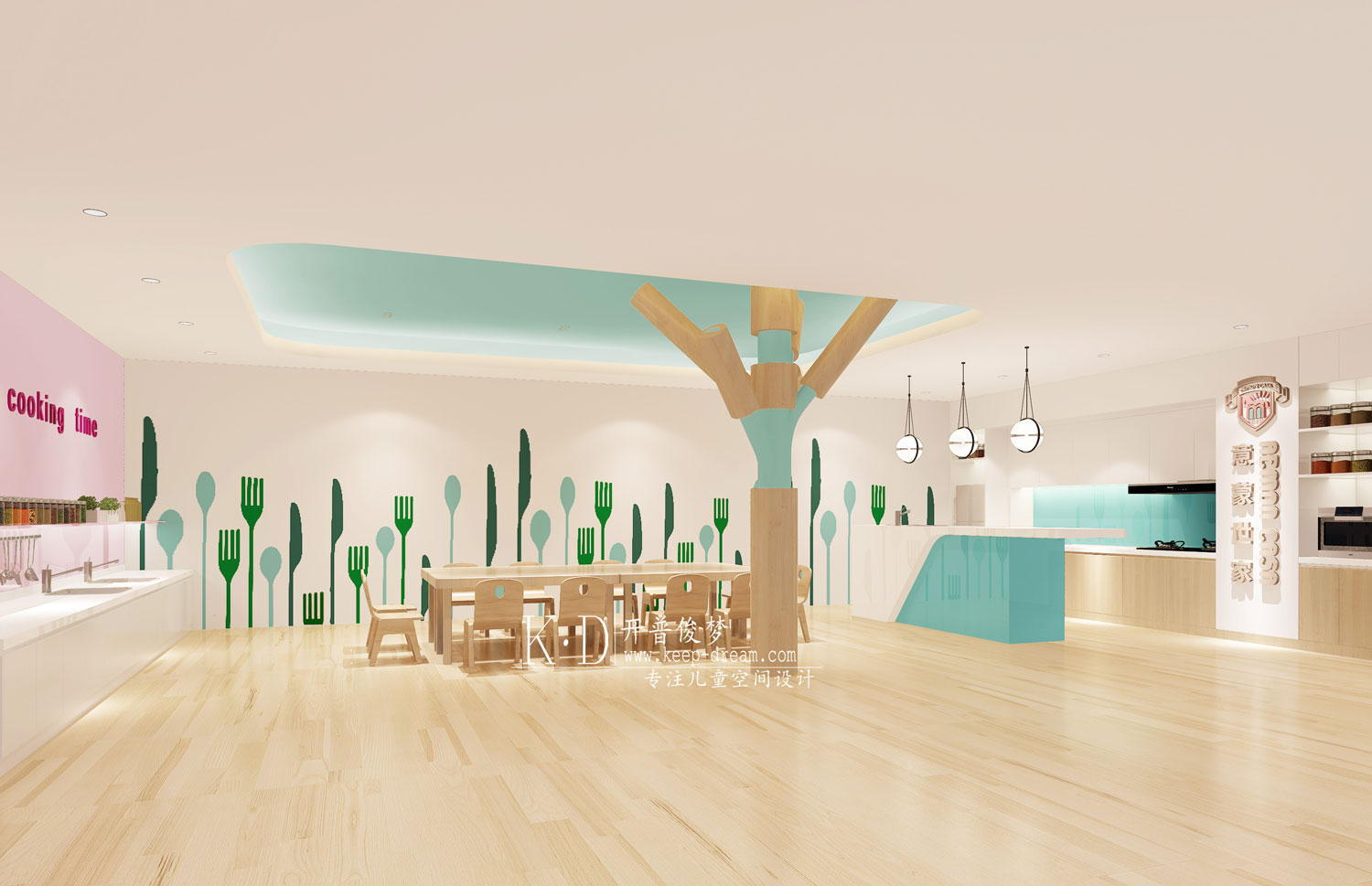Metro Stations Line 2
2017-09-26 13:00
架构师提供的文本描述。萨尔瓦多是巴西的第一个首都,其城市布局以特定的地理位置为基础,由丘陵和山谷(高低城市)组成。这种占领模式在20世纪60年代以后得到了加强,在那里,山区的占领是住宅区,而山谷作为道路运输载体具有优先地位,导致了不可持续的交通拥堵。
Text description provided by the architects. Salvador, the first capital of Brazil, had its urban layout on a specific geography, formed by hills and valleys (high and low city). This model of occupation was intensified after the 60s of the 20th century where, on the hills, occupation was residential, while the valleys had priority as a road transportation vector, leading to an unsustainable traffic congestion.
这种模式所形成的景观一般具有占用密度低、视野广的特点。这促进了乘客集水点与车站之间的相当距离。在这种情况下,人们在很远的地方看到这些观测站,要求在景观中有一个强有力的存在,作为对用户进行定位、识别和吸引的一种方式。
The landscape resulting from this model is generally characterized by low occupancy density and wide range of horizons. This promotes considerable distances between the passenger catchment point and the stations. In this context, the stations are viewed at great distances, demanding a strong presence in the landscape, as a way of orientation, identification and attractiveness for users.
萨尔瓦多市继承了一种具体而丰富的文化条件,主要由非洲和葡萄牙的遗产构成,体现在该市生活的各个方面。在这方面,地铁系统的解决必须承认这一遗产,以当代的方式确立合法性和文化插入,并避免重复陈规定型观念。
The city of Salvador is heir to a specific and rich cultural condition, largely substantiated by the African and Portuguese heritage, present in all aspects of the life in the city. In this context, the settlement of the subway system must recognize this heritage, establishing legitimacy and cultural insertion in a contemporary way, and avoid repeating stereotypes.
第二条线-整合改造项目,在公共特许和私人经营下,包括12个地铁车站、9个典型地面车站、1个高架站、2个特定项目条件下的地面站(包括一次大型改造)、3个公共汽车站、13公里带直线公园和自行车道的景观处理。
Line 2 - Integrating is transforming The project, of great dimension and under public concession and private operation, encompasses a total of 12 metro stations, 9 typical above ground stations, 1 elevated station, 2 above ground stations under specific project conditions (including a large retrofit), 3 bus terminals, 13 kilometers of landscaped treatment with linear parks and bike path.
第2线位于Paralela中央分隔线,这条大道大约延伸13公里,负责连接萨尔瓦多市非常密集的中心地区,连接中央汽车站和机场。
Line 2, located in the central separator of Paralela, an avenue with approximate extension of 13 km and responsible for the connection of the very dense central area in the city of Salvador, between the Central Bus Station and the Airport.
每个站点都是在不同的沉降条件、形态条件、需求条件和模态相互作用条件下发展起来的,需要考虑具体的条件,同时寻找系统的总体统一性。车站:萨尔瓦多舒适、快捷的建筑和低预算图标
Each station was developed under different conditions of settlement, morphology, demand and modal interaction, requiring the consideration of specific conditions, simultaneously with the search for a general unity for the system. The stations: a comfortable, fast building and low budget icon for Salvador
典型的台站位于两层楼,即靠近地面的平台和位于其上层的夹层。使用可持续、合理化和预制的建筑系统以满足短时间的施工时间表,使建筑项目在设计其组成要素时与工程决策紧密一致。该站的立柱、梁、板是在预制混凝土中设计的,因为其部件具有较高的重复性。这些柱子的设计方式使自力砖曲率的设计具有连续性,从而减少了建造的体积,因为车站也将被植入高密度公路之间的一小块区域,允许在其底部附近有最小右脚的地方被公共人行道、紧急逃生路线或自行车车道占用。
The typical stations were developed on two floors, being the platforms located close to the surface and the mezzanine located on its upper deck. The use of sustainable, rationalized and prefabricated construction systems to meet the short construction schedule has made the architectural project strongly aligned with engineering decisions in the design of its constituent elements. The station’s pillars, girders and slabs were designed in pre-cast concrete because of high repeatability of its parts. The pillars were designed in such a way as to give continuity to the design of the self-supporting tiles curvature, providing a reduction of the built volume, since the stations would also be implanted in a small area between high-density road, allowing, close to their base, where there was minimum right foot, were occupied by public walkways, emergency escape route or bicycle lane.
覆盖系统,跨度约23米,采用自支撑金属瓦,具有热和声保护双重结构,并在施工现场形成。走道和闭口都是金属结构的。它是有意为车站的建设系统创造解决方案,以增强他们在最初的审美空间的结果。自支撑钢屋面(“天花板-地板”型)从水平平面倾斜10度,提供了与外部的视觉接触,并有助于自然照明和通风,形成一系列拱形棚屋。萨尔瓦多是一个热带气候城市,太阳辐射率高,车站的设计以大面积遮阳区为基础,交叉通风和烟囱通风对用户的热舒适性有积极的贡献。这个解决方案在车站内部呈现出一个动态和不寻常的空间方面,这是由它的形状、规模和颜色造成的。
The covering system, with span of approximately 23 meters, is in self-supporting metal tile, double with thermal and acoustic protection and formatted in the construction site. The walkways and the closures are in metal structure. It was intentional to create solutions for the station's construction systems in order to potentiate them in an original aesthetic-spatial result. Tilted 10 degrees from the horizontal plane, the self-supporting steel roof sections ("ceiling-floor" type) provided visual contact with the exterior and contributed to natural lighting and ventilation, forming a sequence of vaulted sheds. Being Salvador a city with a tropical climate, with high solar incidence, the design of the stations was based on large shaded areas with abundance of cross ventilation and chimney ventilation contributing positively to the thermal comfort of the users. This solution presents a dynamic and unusual spatial aspect in the interior of the station, caused by its shape, scale and colours.
Architects JBMC Arquitetura e Urbanismo
Location Av. Paralela - São Marcos, Salvador, Brazil
Team Beatriz Pimenta Corrêa, Cecilia de Sousa Pires, Clarice Barbieri Shinyashiki, Cynthia Melo, Emiliano Homrich Neves da Fontoura, Frederico Barros de Freitas, Gabriela Assis Guerra Costa, João Batista Martinez Corrêa, Raffaella Saad Yacar, Sandra Mayumi Morikawa
 举报
举报
别默默的看了,快登录帮我评论一下吧!:)
注册
登录
更多评论
相关文章
-

描边风设计中,最容易犯的8种问题分析
2018年走过了四分之一,LOGO设计趋势也清晰了LOGO设计
-

描边风设计中,最容易犯的8种问题分析
2018年走过了四分之一,LOGO设计趋势也清晰了LOGO设计
-

描边风设计中,最容易犯的8种问题分析
2018年走过了四分之一,LOGO设计趋势也清晰了LOGO设计

















































































